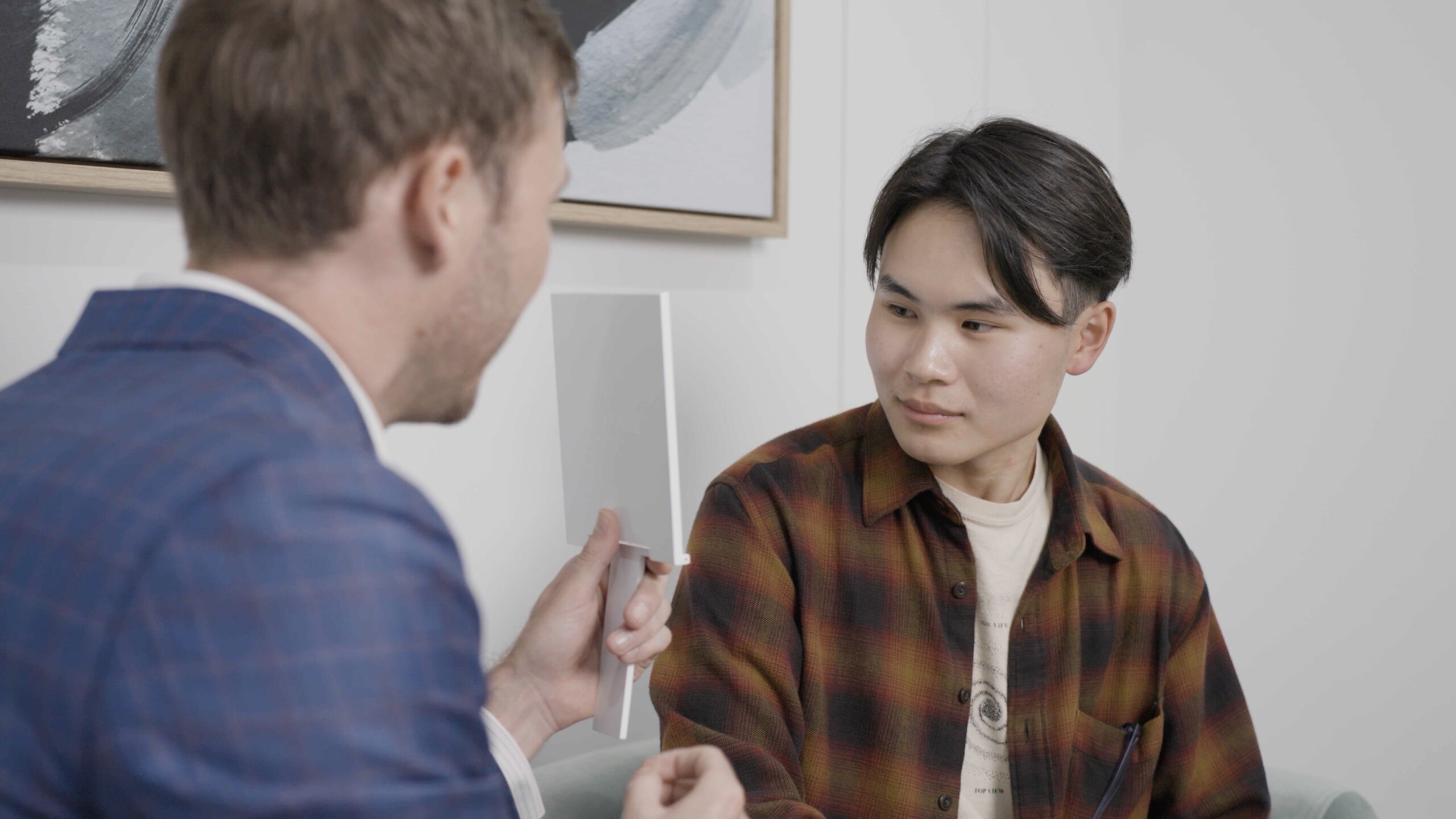Dermal fillers are also known as ‘facial volume treatment’, ‘volume enhancing injections’ and ‘facial volumisers’.
What to Expect After a Dermal Filler Procedure: A Clear Guide
Dermal fillers are a popular choice to improve your appearance without surgery. Whether you’re new to dermal fillers or have had them before, it’s important to know what to expect after the procedure. This guide will walk you through what happens after getting dermal fillers.
The First 24 Hours: What You Need to Know
After your dermal filler procedure, you might notice some swelling, redness, and bruising around the injection areas. This is completely normal and usually goes away in a few days. To reduce swelling, you can gently apply a cold compress to the area. It’s important to avoid pressing too hard on the injection sites, as this may disturb the dermal filler.
Your practitioner will give you specific aftercare instructions. It’s important to follow these carefully. Usually, you’ll need to avoid intense exercise, alcohol, and hot environments for the first 24 hours. This prevents more swelling and bruising from happening.
Days 2-7: The Healing Process
Over the next few days, the swelling and redness will start to go down. By the end of the first week, most of the swelling should be gone, and you’ll begin to see the early results of your treatment. However, keep in mind that it can take a few weeks for the final results. This is because dermal fillers slowly integrate with your soft tissue.
During this time, don’t massage or put pressure on the treated areas unless your practitioner recommends it. This helps the filler settle in position. Applying pressure to the filler can cause dermal filler migration.
You might feel some small lumps or firmness where the filler has been injected. This is normal and will smooth out as the area heals. If lumps do not improve after a few weeks, or get worse then contact your practitioner for advice.
Weeks 2-4: Seeing the Full Results
By the second to fourth week, the filler will have settled. Any remaining swelling or bruising should be gone. This is when you’ll see the full results of your treatment. Whether you’ve added volume to your lips, softened wrinkles, or improved your facial contours, the result should be natural and balanced.
If you’re happy with the results, then you can maintain them as needed. If you’d like a more pronounced result, then you can catch up with your practitioner to discuss another treatment. Most clinics like to be conservative, as it is easier to add more dermal filler at a follow-up, than it is to over-fill and then have to reverse any excess.
Long-Term Care: Maintaining Your Results
Most dermal fillers are not permanent, so you’ll need to get regular touch-ups to keep your results. How long your filler lasts depends on several factors, like the type of filler used, the amount, where it was injected, and how your body metabolises it. Most fillers last between 12 to 24 months. Your practitioner will tell you the expected timeframe for maintenance, although it can vary.
To make your fillers last longer, make sure to maintain them consistently. Evidence shows that touching up your fillers before they wear off increases the longevity.
Despite common claims, there is no evidence that exercise or smoking affects filler longevity in most cases.
Conclusion: A Convenient Way to Enhance Your Appearance
Knowing what to expect after a dermal filler procedure helps you prepare properly and recover quickly. With the right aftercare and regular touch-ups, dermal fillers are a safe and effective way to enhance your appearance. Always choose a qualified and experienced practitioner to ensure the best outcomes and the lowest risk.


